What to do in Fuerteventura Enjoy these 5 alternative visits
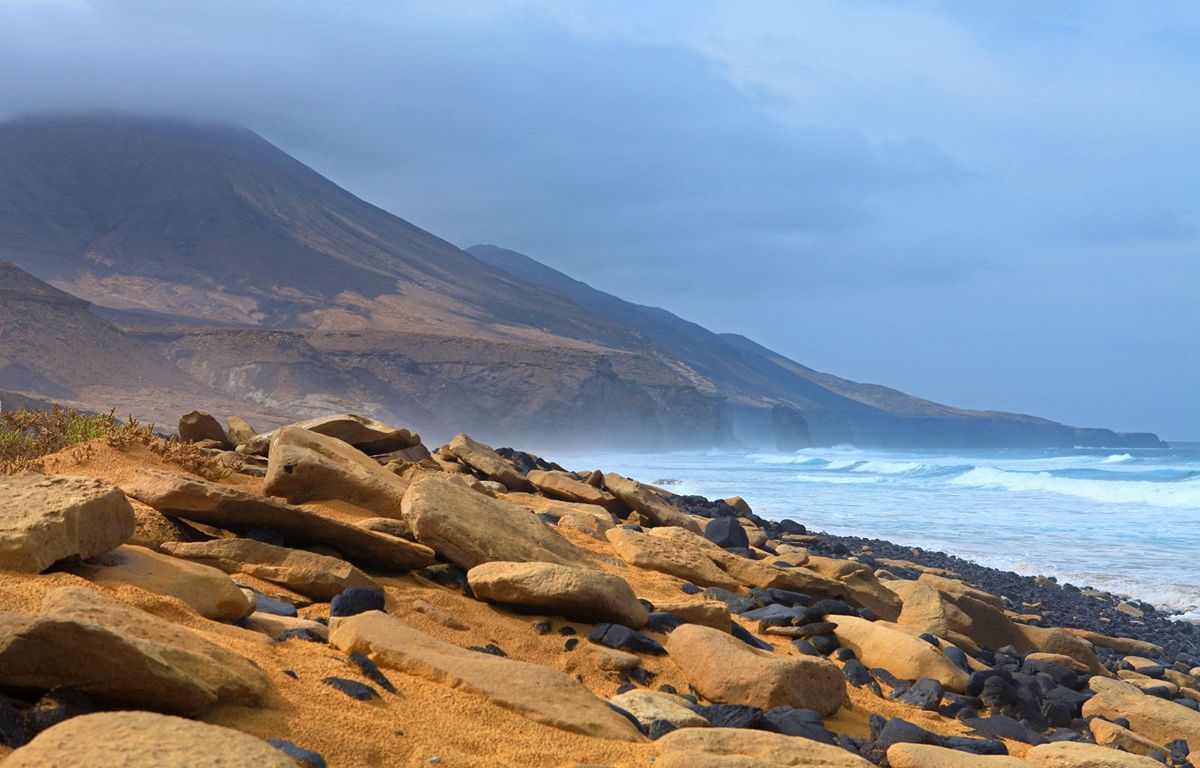
Sinking your feet in idyllic yellow-sand beaches, strolling through beautiful villages full of white houses, and savouring delicious Majorero cheeses are some of the essential experiences that the island of Fuerteventura has to offer. Enjoying a desert landscape in the beautiful coastal dunes of Corralejo, and cooling off on the kilometre-long Cofete beach are perfect plans when visiting the island for the first time.
However, Fuerteventura has a multitude of beautiful spots that are not as well-known, and interesting activities that will let you make the most of your visit to the island. Want to know what to see and do on the island? In this post, we recommend six alternative plans for you to maximise your enjoyment.
Visit the Ajuy Caves
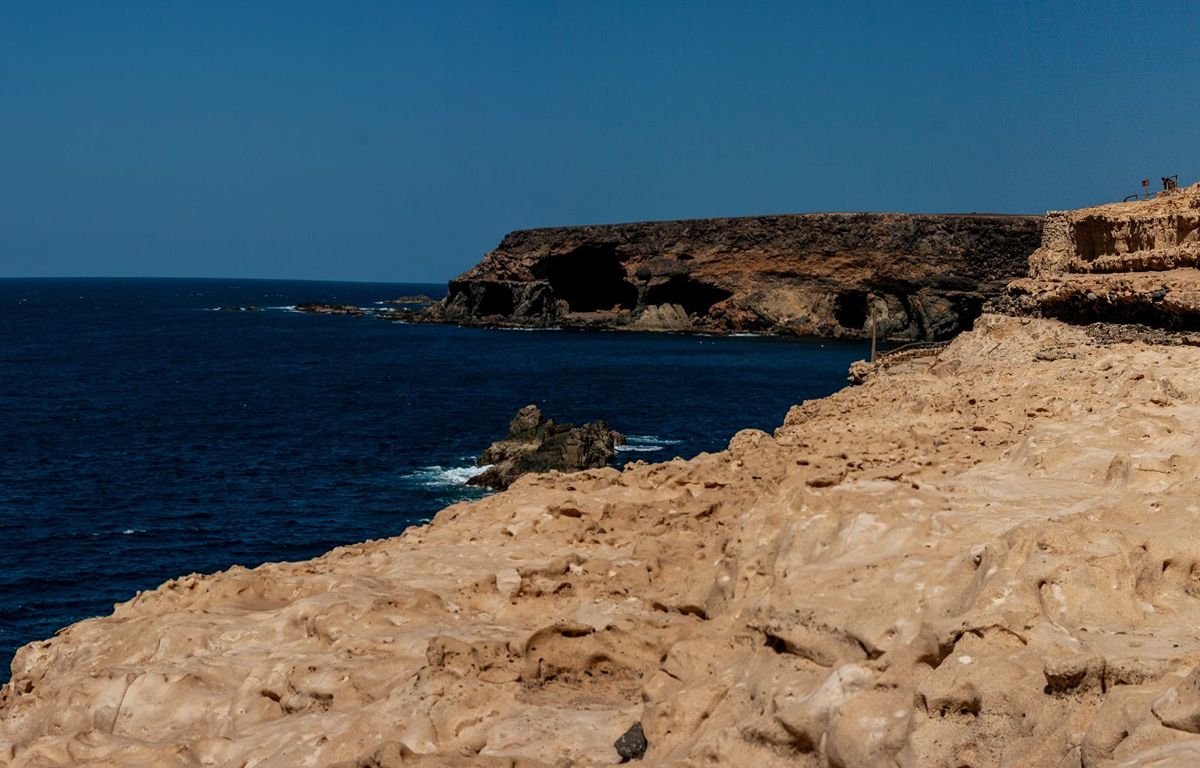
The Ajuy Caves are one option that should be high on your list. It’s a place with great geological and paleontological value. Did you know that they’re over a hundred centuries old? That’s a long time!
These caves are on the west coast of the municipality of Pájara. To get to them, you have to walk along Ajuy Beach and then past impressive cliffs of fossilised dunes.
Along the way you will find traces of the ancient lime kilns, remains of marine animals and volcanic sediments from the Cretaceous period that are over 70 million years old. The interior of the cave is made up of basaltic stone walls that rise up to forty metres and drop to the shore, where the water smashes into the rocks, unable to enter the cave thanks to a natural breakwater.
Travel to Lobos Island
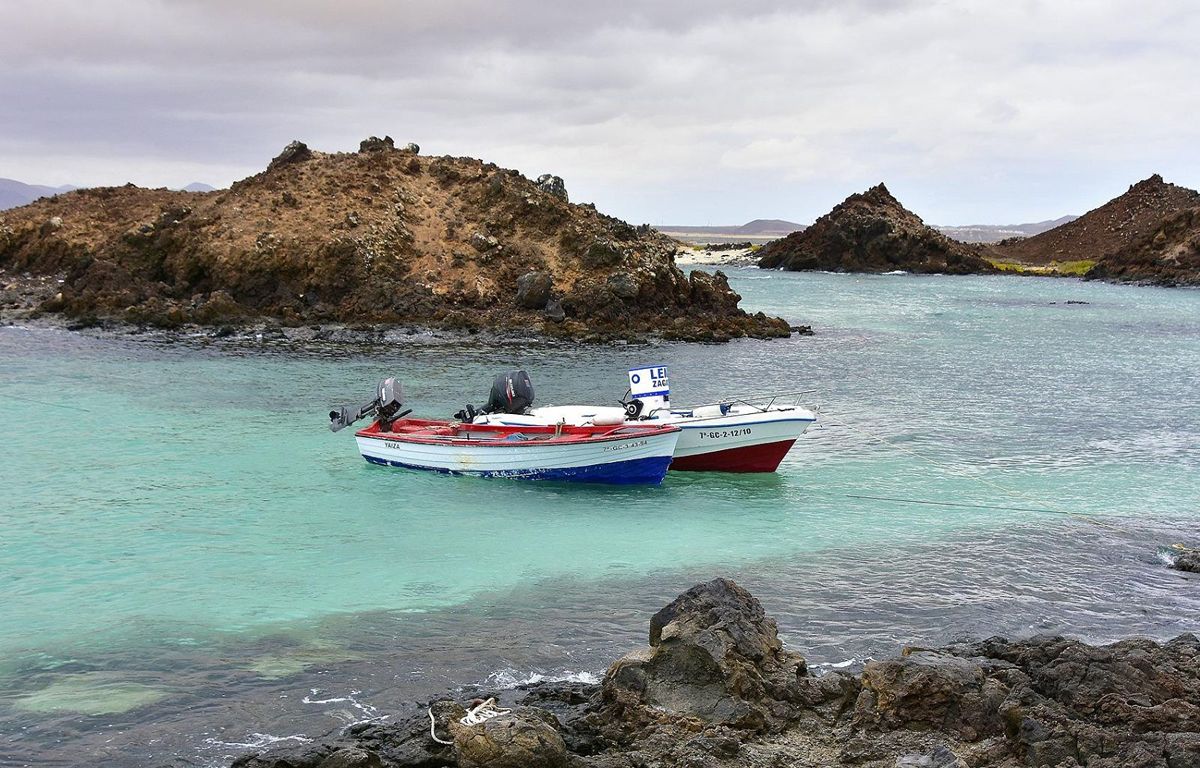
To the north-east of Fuerteventura is a paradise destination that is only accessible by boat: the charming Lobos Island. It’s a small island with crystal clear waters and untouched lands, part of the municipality of La Oliva.
The ferry and water taxis that leave the Puerto de Corralejo are the most common means of transport to get to the island, which has intact dune systems, observatories for spotting indigenous bird and a spectacular seabed if you enjoy snorkelling.
The mysterious Villa Winter
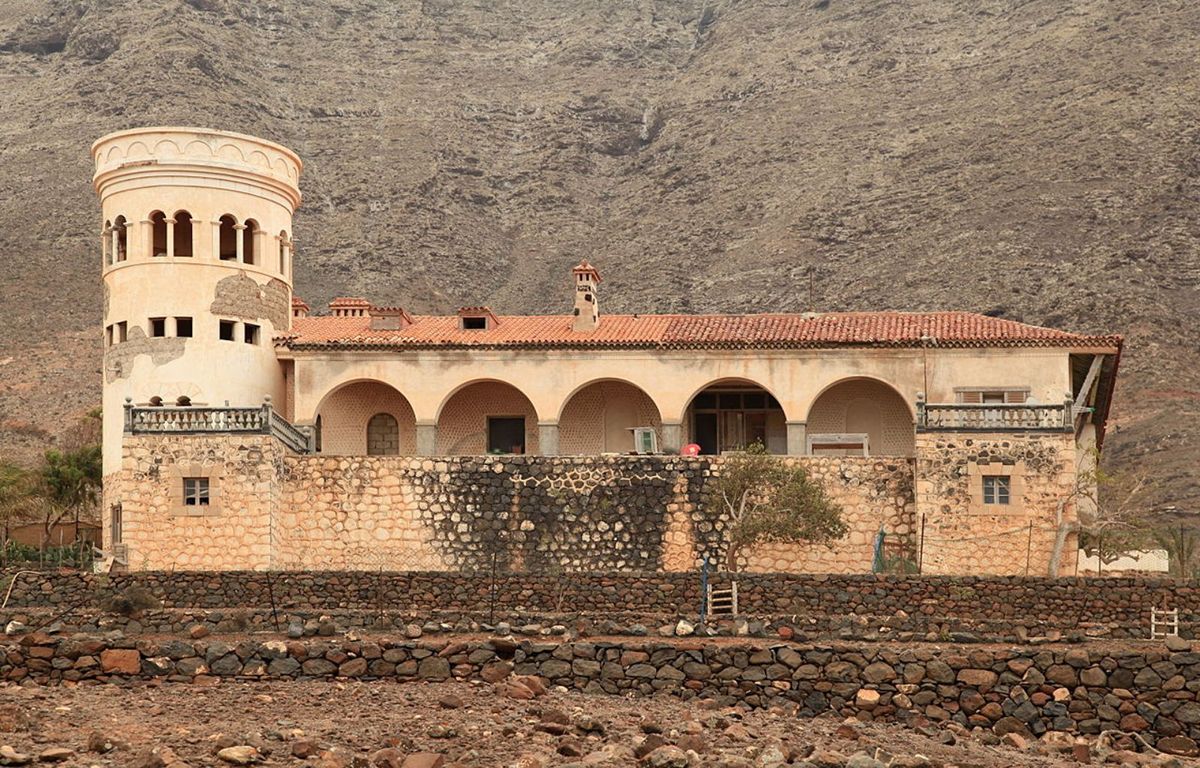
Photo by Frank Vincentz, Casa de los Winter in Cofete, Pájara, Fuerteventura, Canary Islands. Licensed under CC BY-SA 3.0
The Villa Winter, on the Jandía peninsula, was the summer residence of German engineer Gustav Winter. But many think that this isolated mansion in the middle of nowhere hides within it dark secrets of World War II.
The current resident of the house, Pedro Fumero, knows these stories first-hand. This is because his grandfather worked as a caretaker on the estate. And also because he’s been studying the history of Gustav Winter for decades.
Fumero’s research links the German engineer to the Nazi party. He says that the house was a kind of shelter for German troops. Recalling the stories of his grandfather and neighbours in the area, he learned about the legend of the “upside-down boats”. That was how the local inhabitants referred to the submarines that were seen in Fuerteventura. Submarines that could access Casa Winter directly through underground caverns.
La Ruta de los Coroneles
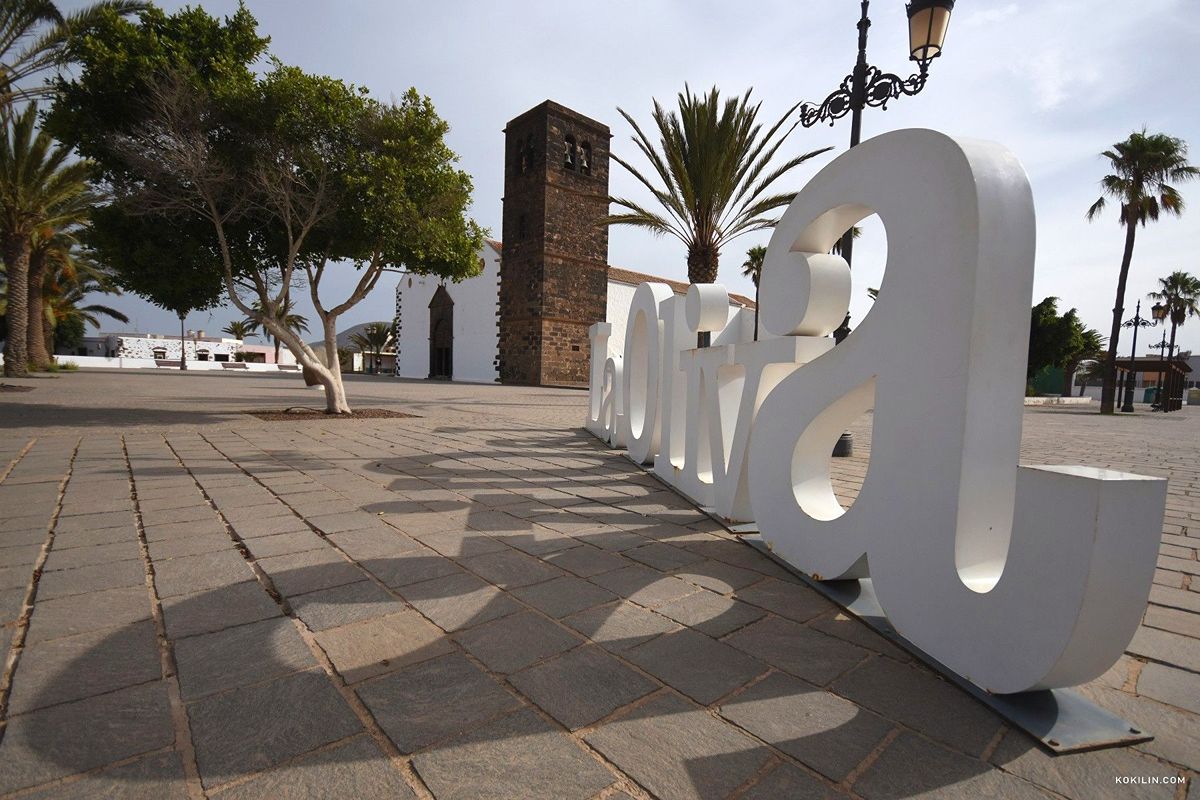
To do the Ruta de los Coroneles is to take a trip through the history of La Oliva, a town that in the 18th and 19th centuries boasted huge military, political, economic and judicial power.
The route begins at Casa de La Cilla. This building, now home to the Grain Museum of Fuerteventura, was the site where the Church stored the tithes donated by local farmers at harvest time.
The next few stops pass through two places of worship: the Church of Candelaria, declared a Site of Cultural Interest, and the Chapel of the Chaplaincy, also known as the Chapel of Puerto Rico or the Chapel of Puerto Escondido.
The route also stops at the home of Doctor Blas Curbelo Guerra, who attended to Colonel Cristóbal Manrique de Lara and his family. Today, this residence houses the renowned “Casa Mané” Canary Art Centre.
The last stop is at the Traditions Market, where local farmers and craftswomen exhibit and sell their products every Tuesday and Friday. It’s worth noting that this building was the property of the colonels of Fuerteventura in the 16th century.
On a side note, the Casa de Los Coroneles, which was once the official seat of the island’s ruling colonel and is also on this route, is currently closed for renovation.
Find out how the island’s aborigines lived
Photo by Superzerocool, Zona arqueológica // Archaeological site. Antigua, Fuerteventura. Licensed under CC BY-SA 2.0
A visit to the town of La Atalayita is a trip through time. Go back to the aboriginal era of the archipelago’s oldest island.
This site is part of the Protected Landscape of Malpaís Grande. It has an area of more than 45,000 square metres and features 115 structures from the time. From specially-adapted lava tubes and mysterious circular structures, to homes with ceilings made from Tarajal reeds and mud.
Do you fancy a visit?
Categories: Canaries, Tips, Fuerteventura, Be inspired


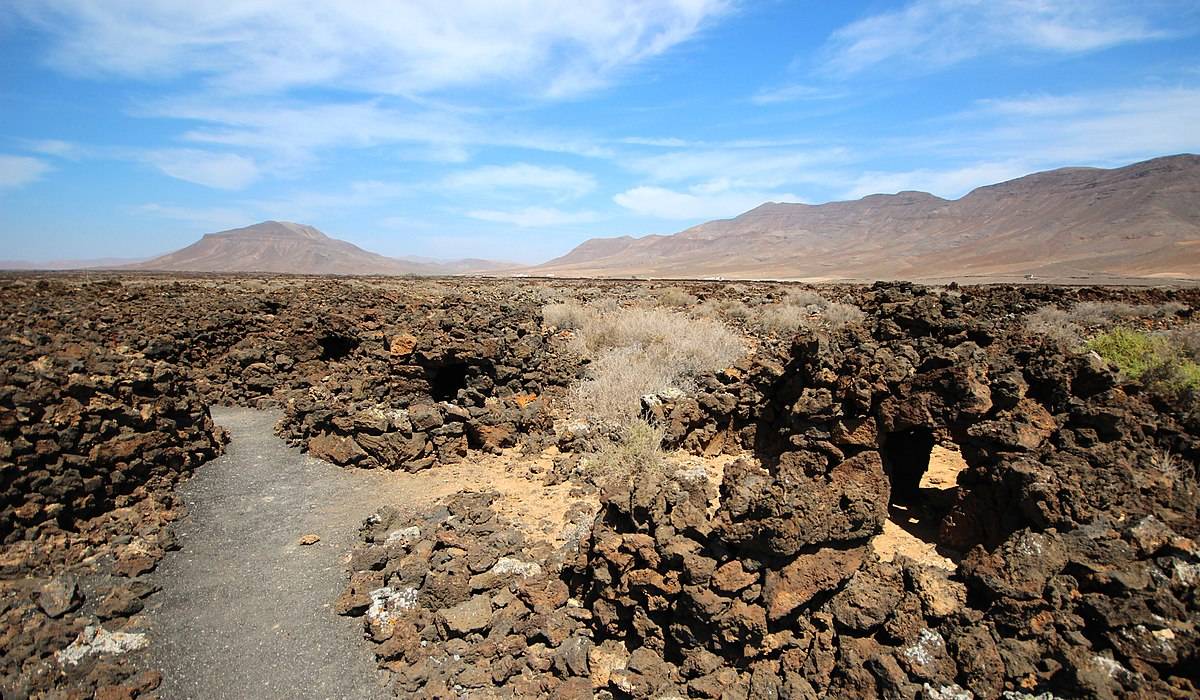

Leave a Comment